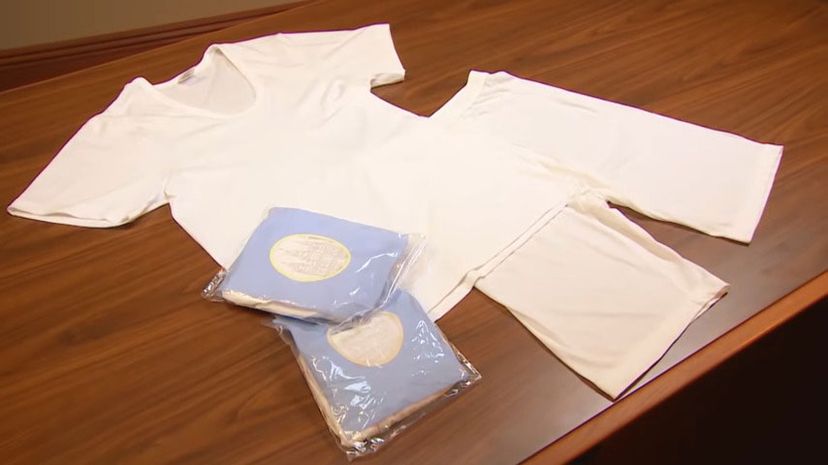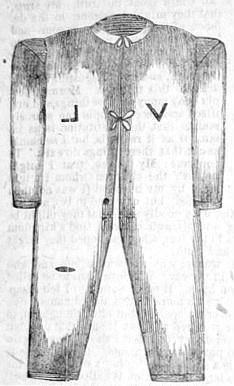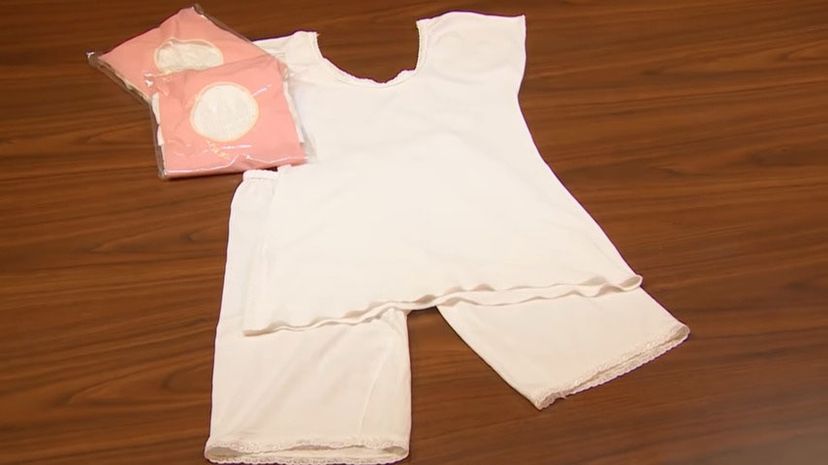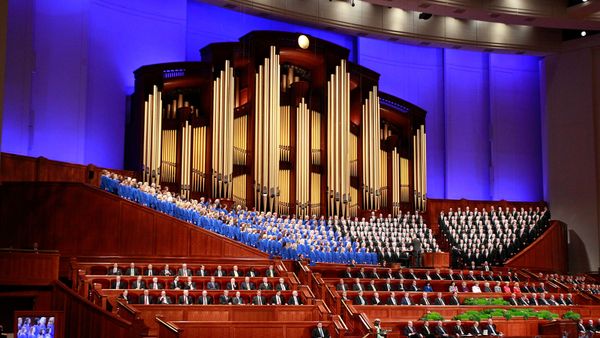
Key Takeaways
- Temple garments, sometimes called "Mormon underwear," are worn by members of the Church of Jesus Christ of Latter-day Saints as a reminder of their covenants with God.
- These garments are considered sacred, not magical, and come in various styles for both men and women, promoting modesty among wearers.
- Only church members who have participated in temple ceremonies wear these garments, which can be removed for specific activities like bathing, swimming and intimacy.
Around the world, religious people of different faiths wear special clothing in accordance with scriptural commandments, or to represent a life of service. Observant Jews and Muslims cover their heads with skullcaps or hijabs. A Buddhist monk might wear a special robe, while a nun may wear a habit. A Christian might wear a cross around their neck as a reminder of their faith.
Members of the Church of Jesus Christ of Latter-day Saints, colloquially known as Mormons, have their own set of special clothing that reminds them of promises and covenants made with God. Officially called the "temple garment," the two-piece undergarment is often dismissively referred to as "Mormon underwear" or even "magic Mormon underwear" by people outside the faith.
Advertisement
For Latter-day Saints like Jim Harmer, an attorney and father of three from St. George, Utah, the temple garment isn't "magical" at all, but special and sacred.
"The garment is just a piece of cloth; we're under no illusions that the thread itself has some kind of special powers," says Harmer, who blogs at the website Purpose in Christ. "It's the promises and covenants that I make with Heavenly Father that have power, and the garment is a reminder of those things to me."
Advertisement





